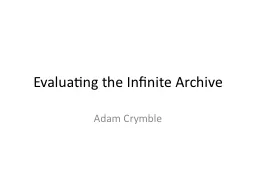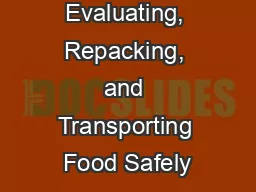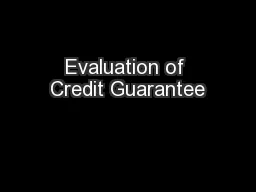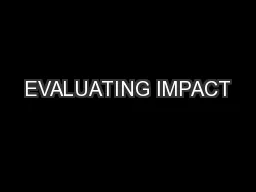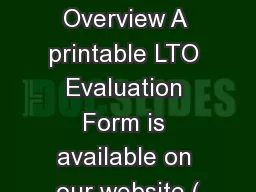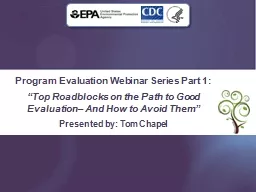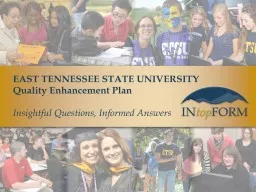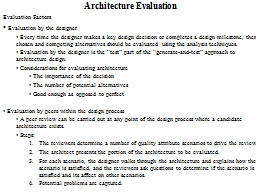PPT-Evaluating the Evaluation
Author : ellena-manuel | Published Date : 2018-11-02
Bank Evaluation Programs Doug Potts MAI VP Commerce Bank A Few Questions TrueFalse Most loan transactions require appraisals TrueFalse Evaluations are killing the
Presentation Embed Code
Download Presentation
Download Presentation The PPT/PDF document "Evaluating the Evaluation" is the property of its rightful owner. Permission is granted to download and print the materials on this website for personal, non-commercial use only, and to display it on your personal computer provided you do not modify the materials and that you retain all copyright notices contained in the materials. By downloading content from our website, you accept the terms of this agreement.
Evaluating the Evaluation: Transcript
Download Rules Of Document
"Evaluating the Evaluation"The content belongs to its owner. You may download and print it for personal use, without modification, and keep all copyright notices. By downloading, you agree to these terms.
Related Documents


